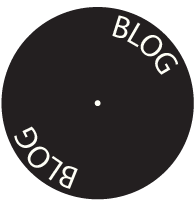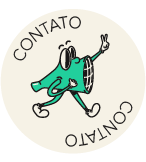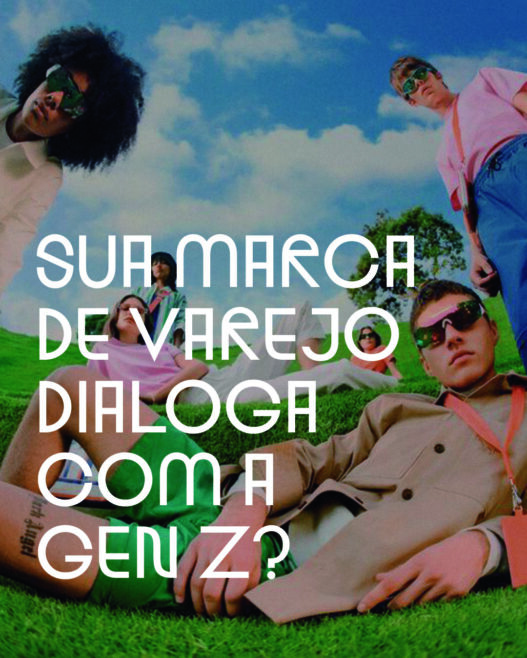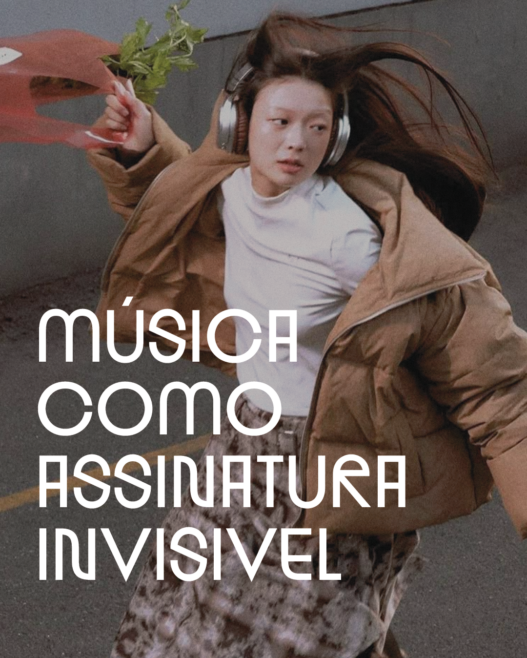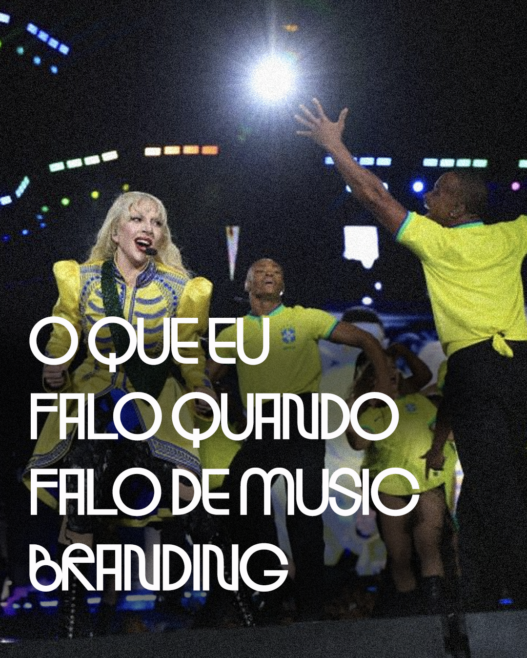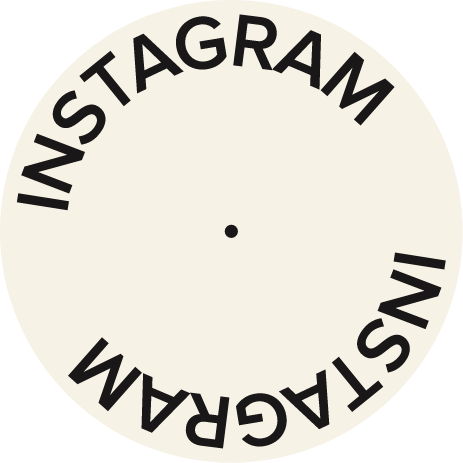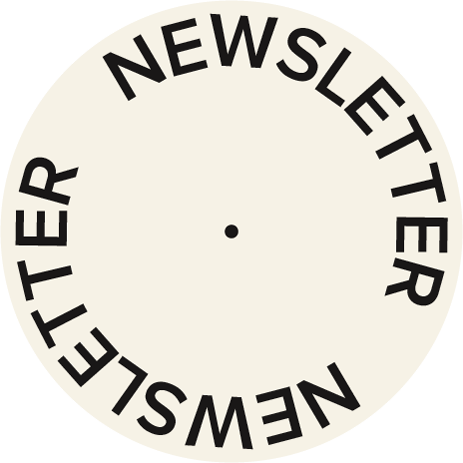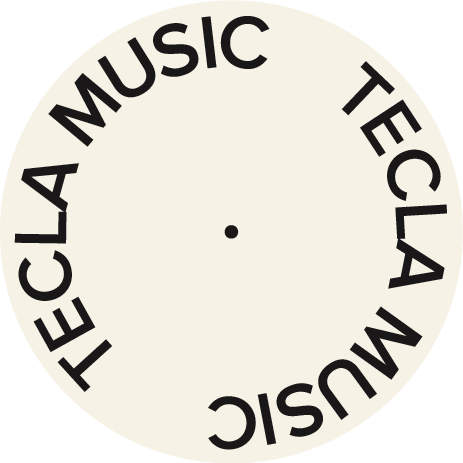 VOLTAR
VOLTAR
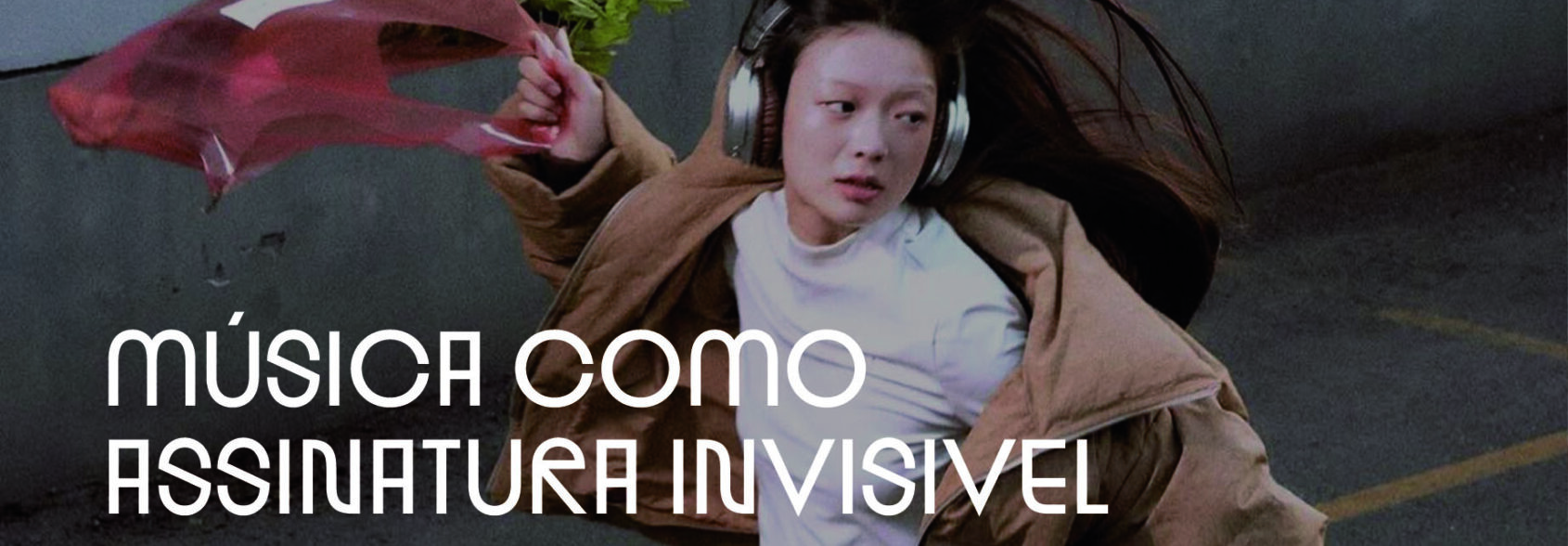
Music as an invisible signature: how sound became a strategic asset for brands
For 18 years, Paulo Sattamini has been recording music tapes to give to friends on trips. "I started making Jurassic playlists, recording from tape to tape. It was a hobby, but that's where my passion for storytelling through music was born," recalls the advertising executive, founder of Tecla Music, one of the country's leading sound identity agencies, which is celebrating its 18th anniversary today.
Since then, a lot has changed. While music for brands was once limited to jingles and commercial soundtracks, today it's expanding in multiple directions. "Sound used to be just background. Now, it's brand behavior," summarizes Sattamini.
Tecla, which serves clients such as Chás Leão, Spotify, and Riachuelo, has been closely following this shift. With the rise of streaming and the rise of social media, brands have begun exploring the world of sound in more creative ways: from playlists with QR codes on product packaging to music activations at festivals and content with creators.
"Before, you needed a huge budget to create a jingle. Today, any brand can have a strategic musical presence. It's more democratic, more dynamic," he explains.
Zee.Dog, for example, a brand that is part of the Petz ecosystem, created specific trails for different environments in its flagship storein São Paulo—one for humans, one for dogs—and activated themed playlists across its products. Coca-Cola, through Chás Leão, makes music one of its core pillars, with seasonal campaigns integrated into streaming. "But it's not enough to just have a nice Spotify profile—you need to communicate it strategically," says Sattamini.
Even with the advent of artificial intelligence, he believes that the essence of music remains deeply human. "AI is a powerful tool, but it's still the human who translates the emotion. It's not just a matter of pressing a button."
For him, the role of the curator—the one who points the way and organizes the excess stimuli—is becoming increasingly important. "Some people log into Spotify and can't choose anything. There's so much that it paralyzes them. Curation becomes a compass, it provides direction."
The future, he believes, will be sound. “Just as every brand has a visual identity, soon all will need one too.” musical identity. An invisible but unmistakable signature. Like Globo's Plim-Plim or Netflix's Tudum.”
He concludes: "Ultimately, brands that want to create a real connection will need to evoke emotion. And music remains one of the few elements capable of doing so."

